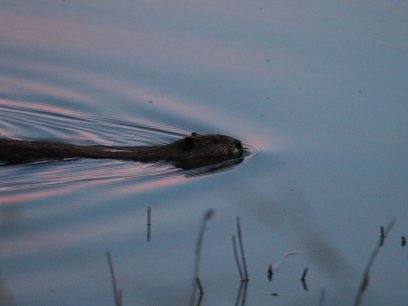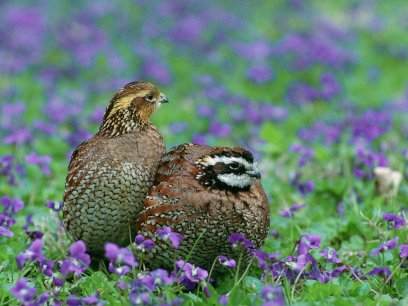

In September of 2013, floods ravaged the Boulder, Colorado area, and many houses and most watersheds suffered extensive damage. South Boulder Creek was a prime example of such damage: Emergency crews cut out a pedestrian bridge to protect a road from severe flooding, and the bridge landed right in the middle of a former riparian zone that was almost entirely destroyed.
I live ten minutes from South Boulder Creek, and I’ve used the nearby running and biking trails my entire life. The locally beloved and high-visibility site was in need of serious help and seemed like the perfect candidate for an audacious idea I’d been batting around for a while: an entirely youth-driven restoration project.
Partnering to Restore Flood Damage
That fall, I asked a local non-profit that I had previously worked with, Wildlands Restoration Volunteers (WRV), for their partnership and help in organizing the project. With them, I approached City of Boulder Open Space and Mountain Parks (OSMP) about creating a restoration project to help the site. Throughout the winter and spring, I planned logistics, coordinated the technical design of the restoration with OSMP, and recruited volunteers.
For me, finding people was the crux and the most exciting part of the project. While heavy machinery was necessary to create a suitable environment (i.e. an environment without a bridge in the middle), people powered this restoration. Working with local schools, friends, and other youth who lead crews for WRV, I was able to assemble a youth leadership team and an almost entirely youth volunteer group. I worked with friends to promote the project and emphasize the importance of learning about the local ecosystem. Of course, the promise of free lunch was just as convincing for some volunteers. Local high school environmental clubs also provided help. We signed up forty volunteers and six youth leaders, who, like me, had gone through WRV’s youth crew leader training. Finally, after loading tools and taking care of other preparations, I went out to flag planting locations the night before the project.
Unforeseen Issues Cause Delays
When I woke up on the day of the project, I found several inches of snow on the ground, which ultimately forced me to cancel the project. I was discouraged but not defeated, and two weeks later, with the help of my mentor at WRV, I had found almost an entirely new leadership team and twenty more volunteers to replace those who couldn’t return for the rain (snow) date. In the end, on April 26, 2014, volunteers planted 900 native plants, installed erosion matting to stabilize the new creek bed, ate good food, and had fun.
The process of creating, organizing, and executing the restoration project taught me a lot about the ecology of streamside sites and about working with land management agencies, but most of all, I found out that people do care about the spaces around them. Through creating opportunities for those people to easily help, we can harness that energy to make our immediate environment a better place.
After the project, a student asked me, “What if there’s another flood? All of our work will get washed away!” Our restoration efforts will give the area a better chance, but she may be right. However, even as I watched the September 2013 floods drastically alter sites I helped restore, I still remember that I worked on those pieces of land. Ultimately, I took a step towards understanding the riparian areas we all see over that fence or out in that field. By organizing restoration, I hope not only to help the land, but also to find people who care and encourage them to deepen that caring through connection—with the land and with others.


